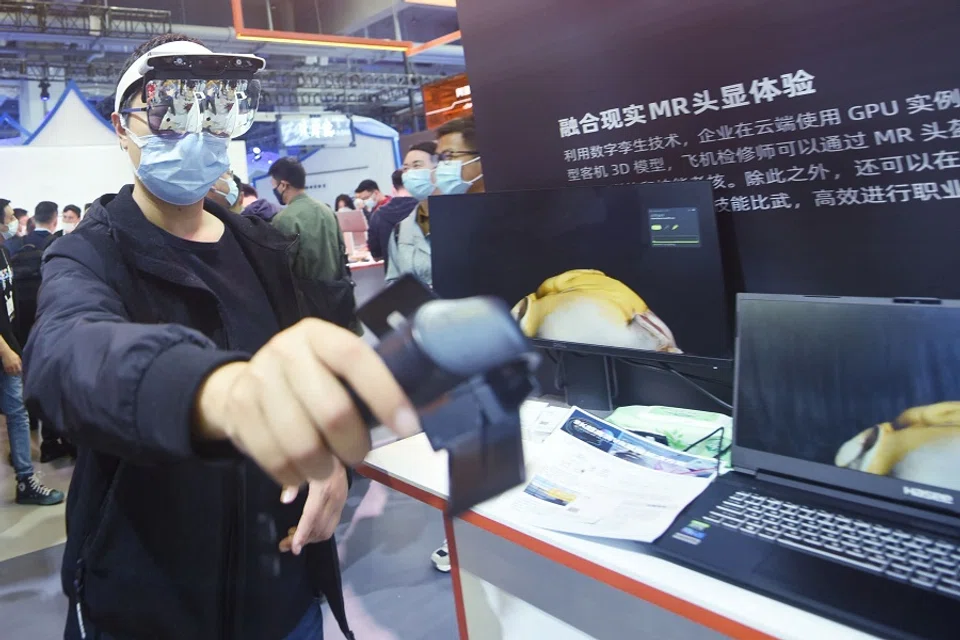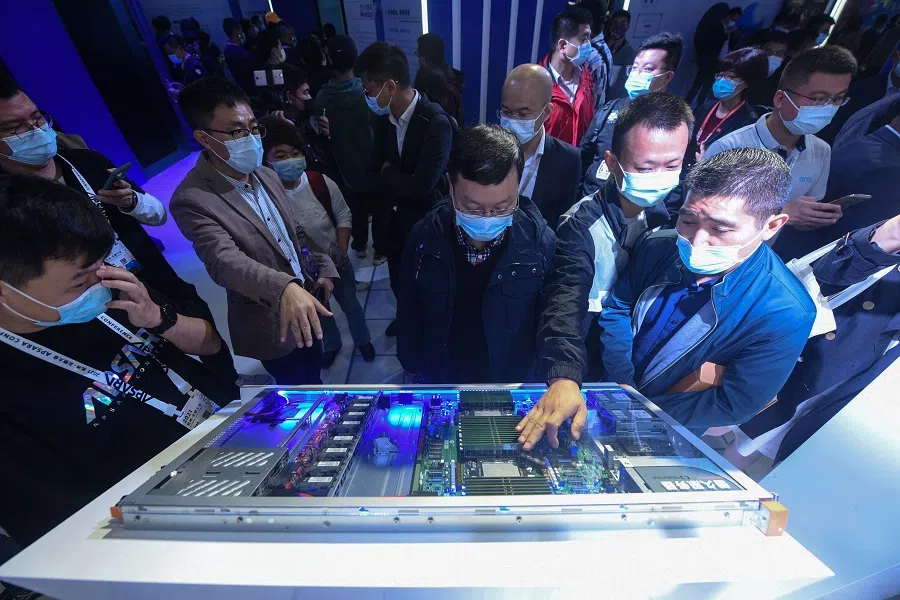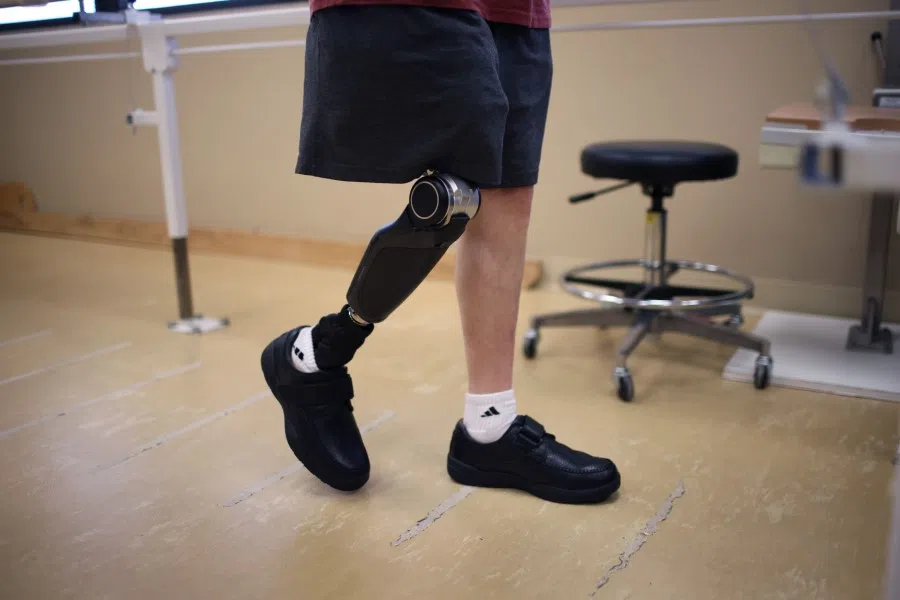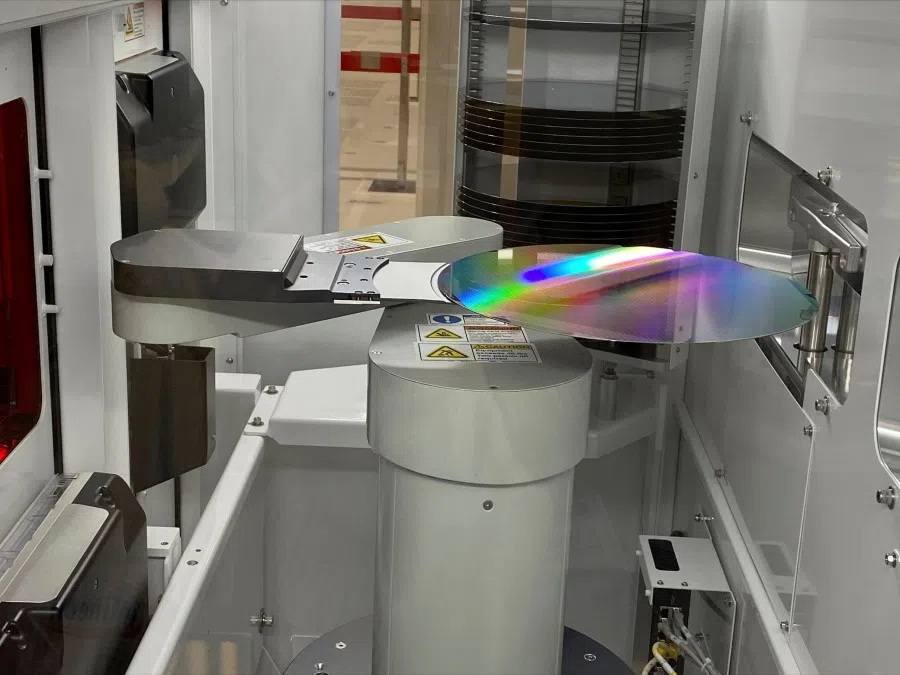Who is winning the AI race: US or China?
By certain indices, China seems to have surpassed the US in artificial intelligence development. But a closer look shows that the US is still a leader where it counts, even though China has its strengths and is pouring in significant investments to catch up. James Pang says that China still has to knuckle down and get its fundamentals right, if it is to truly surpass its rival.

Remarks on China-US tech competition made in early October by Nicolas Chaillan, former chief software officer of the US Air Force, drew much attention and discussion. He told the Financial Times that China is heading for global dominance because of its advances in artificial intelligence (AI), machine learning and cyber capabilities. He said, "We have no competing fighting chance against China in 15 to 20 years. Right now, it's already a done deal; it is already over in my opinion."
Chaillan emphasised China's strong edge in AI, and opined that the US has lost to China in this field. Are his remarks the objective truth? Or is he just taking the opportunity to pressure the US government into allocating more resources to his former employer, i.e., the US Department of Defense, to develop AI technologies? A comparison in five key areas of AI will give us a clearer picture.
Basic research in AI
Basic research in AI includes research on basic theories and algorithms. Traditionally, these tasks are undertaken by universities, governments, and research institutions of large enterprises. Basic research plays a vital role in AI development, and determines the level of AI applications that can be achieved.

Recent statistics show that China has surpassed the US in terms of the number of publications in AI areas. Between 2012 and 2021, Chinese scientists published 240,000 papers on AI, but American scientists only published 150,000 papers.
The citation impact of papers from Chinese researchers also increased rapidly over the past ten years. Based on Stanford University's 2021 AI Index Report, China's share of journal citations in AI has increased from about 7% in 2010 to 20.7% in 2020, while the US's share has decreased from about 27% in 2010 to 19.8% in 2020.
Overall, the US is still the global leader of basic research in AI.
More Chinese researchers are participating in AI international conferences as well. For example, in terms of the total number of AI conference citations from 2010 to 2020, China's share has increased from about 8% to 11.8%.
Undeniably, China has made significant investments in AI basic research over the past ten years and made considerable progress. However, many of the groundbreaking contributions to AI basic research and algorithms, such as in the areas of neural network, have been made by American scientists. Overall, the US is still the global leader of basic research in AI. Conversely, China has made few contributions to this field and is still considered a follower and learner.
AI applications
Key determinants of AI applications are application scenarios, government policies, data, and users. Because of China's huge market and the fact that government policies are very supportive of the AI industry, emerging Chinese tech enterprises such as Tencent, ByteDance, Alibaba and so on are passionate about AI and keen to explore new AI application scenarios. They thus possess excellent innovative abilities in AI applications.

On the other hand, since the Chinese government and people were not as strict with data protection laws in the early days compared to their counterparts in Europe and the US, Chinese AI enterprises could often obtain a large amount of data for AI model training at a relatively low cost. In addition, Chinese users are also generally more accepting of AI products such as intelligent recommendations, facial recognition and so on. These factors have allowed China to be a world leader in AI applications, such as facial recognition systems that are installed at almost all Chinese airports to provide a faster and better user experience for travellers.
Undoubtedly, the US also has a strong edge in numerous areas of AI applications, especially in some very challenging and important application scenarios, such as autonomous driving technology, in which US companies are in the leading position. Overall, China and the US each have their own strengths in AI applications and are both at the forefront of the world.
AI software
In the realm of AI software, the most important thing is the R&D of the AI software framework. Right now, most AI software applications are built on top of open source software (OSS) frameworks, while the current most popular AI OSS such as Tensorflow, CNTK, and Caffe, are developed by US companies.
Figures show that over 93% of AI OSS used by Chinese researchers are developed by US companies.

Figures show that over 93% of AI OSS used by Chinese researchers are developed by US companies. Clearly, the US is in the lead when it comes to AI software, albeit China is also developing rapidly in this sector.
AI hardware
Core AI hardware includes graphics processing units (GPUs) being widely used in neural network training and logic; tensor processing units (TPUs) using specialised frameworks to achieve higher efficiency than contemporaneous central processing units (CPUs) and GPUs; field-programmable gate arrays (FPGAs) that can support large-scale parallel processing with low inference latency and variable precision; and new specialised AI chips including neuromorphic chips, near-memory computing chips, and in-memory computing chips.
AI hardware is highly dependent on the semiconductor industry. The US is a leader when it comes to many core semiconductor designs and manufacturing technologies.
Although China has made rapid progress in recent years in AI hardware R&D, overall China remains weak in terms of core semiconductor designs and manufacturing, especially in the areas of electronic design automation (EDA) and core intellectual property, and semiconductor manufacturing equipment (SME). It is highly dependent on the US, Japan and other Western countries. AI hardware is a key bottleneck in China's AI development.

Talent
Talent is a key factor in AI competition. In 2019, Element.AI analysed 36,524 AI talents using the LinkedIn database, and released its Global AI Talent Report. According to the figures and analysis, the US is highly attractive for global AI talent, with about 46% of global AI researchers working there, about four times as many as the 11% that China attracts. The main reason is that China's AI R&D environment was established later, and many of China's young talents go overseas after graduating from Chinese universities, especially to the US, to continue their postgraduate studies.
29% of AI researchers in the US have university degrees from China, but most of them (56%) stay in the US to work after getting their postgraduate degrees...
Research by the Paulson Institute shows that 29% of AI researchers in the US have university degrees from China, but most of them (56%) stay in the US to work after getting their postgraduate degrees, which shows that much of the US advantage in terms of AI talents lies in it attracting and bringing in international talents. From another perspective, we also see that the AI sector in the US is also dependent on foreign students and researchers.
In recent years, with policy support from the Chinese government and the strengthening of domestic companies and institutions in China, there has been an uptick in returning talents in China's AI sector, which is very important for China's long-term competitiveness in the AI sector.
In summary, while China has made astonishing progress in the AI sector over the past decade or so, and leads the world in some areas such as AI applications, compared to the US, there is still a sizeable gap in China's overall competitiveness in the AI sector. In particular, China lacks competitiveness in basic AI research and hardware, which can be said to be a key bottleneck that is limiting China's AI development.

![[Big read] Paying for pleasure: Chinese women indulge in handsome male hosts](https://cassette.sphdigital.com.sg/image/thinkchina/c2cf352c4d2ed7e9531e3525a2bd965a52dc4e85ccc026bc16515baab02389ab)


![[Big read] How UOB’s Wee Ee Cheong masters the long game](https://cassette.sphdigital.com.sg/image/thinkchina/1da0b19a41e4358790304b9f3e83f9596de84096a490ca05b36f58134ae9e8f1)
